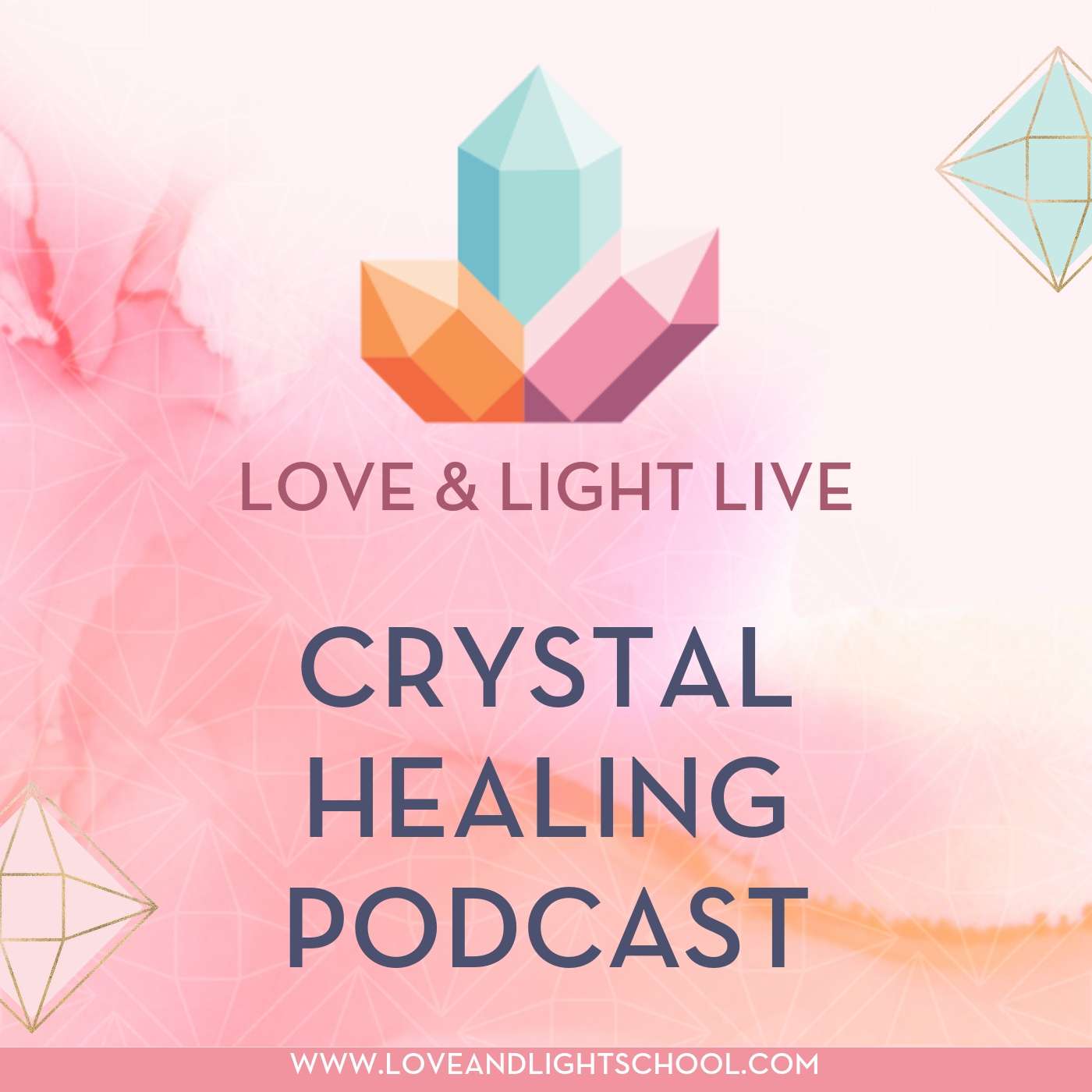Ostara & the Wheel of the Year
Description
One way that I like to connect with the seasons and cycles of the earth is by tuning into The Wheel of the Year. This is a relatively new practice for me, but I'm finding the journey into exploring this way of being in flow with the seasons to be an enjoyable one!
Read on to discover how you can connect more deeply with the earth's natural cycles in your spiritual practice as you celebrate Ostara...
The Wheel of the Year can help you tune into natural cycles (similar to the Lunar Phases - but on an annual scale rather than just monthly) and helps you internalize these outward changes in nature as reflections of the growth and evolution you experience in your own life. Living in harmony with the seasons and the ebb and flow of nature helps you to lead a more soulful life and to cultivate a deeper understanding of yourself on a soul level. The Wheel of the Year helps you recognize who you are and your role in the world around you.
So what is the Wheel of the Year?
Separated into 8 main holidays, the Wheel of the Year is a representation of seasonal cycles that focuses on the 4 Solar Holidays of the year (also known as the quarter days). This stems from the Anglo-Saxon cultural observations of the solstices and equinoxes, with the addition of the 4 Gaelic, agrarian, seasonal celebrations (the mid-points between the solar holidays known as the lunar cross-quarter days or fire festivals).
Although some of the holidays observed in the Wheel of the Year are quite old, The Wheel of the Year as a whole is fairly modern (being developed in the late 1950s). Though I don't personally follow the tradition that created the contemporary Wheel of the Year, I do find it a helpful way to think about the passage of time and what's happening in the world at each time of year.
I tend to identify more with the Gaelic Cross-Quarter Days, as they stem from my ancestral heritage, than I do with the Anglo-Saxon solstices and equinoxes, but I do find value in these quarter days because they more closely align with the seasons as I observe them where I live in Madison, Wisconsin. For example, though my ancestors in Ireland and Scotland celebrated Imbolc as the beginning of Spring, I don't quite feel things awakening until the time of Ostara, the Spring Equinox, here in the United States. For this reason, these seasonal markers are important for helping me feel connected to what's happening in nature all year long, while the cross-quarter days hold more spiritual significance for me in other ways.
An Introduction to Ostara:
Ostara, or the Spring Equinox here in the Northern Hemisphere, is the first of the quarter days, which marks the second of the spring holidays (the mid-point between Imbolc and Beltane). Ostara is traditionally celebrated on the day of the Vernal Equinox, determined by when the Sun is directly over the earth's equator (this date may range from March 19th through March 22nd each year depending on the Sun's position).
Modern Ostara celebrations stem from the contemporary Wheel of the Year, where Ostara is associated with the Spring Equinox and is celebrated as a time of new beginnings and the re-emergence of life after the depth of winter.
Set up your Ostara Altar with me!
/
Crystals for Ostara:
Green Aventurine
Pink Opal
Moonstone
Bloodstone
Lepidolite
More Episodes
Join Adam Barralet, Kyle Perez and Ashley Leavy in Episode #9 of the Crystal Confab Podcast as they do a deep dive into Blue Barite meaning, including:
* How Blue Barite can aid in decision-making
* Working with Blue Barite to promote knowledge expansion
* Blue Barite for supporting...
Published 11/25/24
Published 11/25/24
Join Adam Barralet, Kyle Perez, Nicholas Pearson and Ashley Leavy in Episode #8 of the Crystal Confab Podcast as they unpack all-things Watermelon Tourmaline, including:
* How Watermelon Tourmaline helps you understand the true meaning of joy
* Balancing the inflow and outflow of love...
Published 11/18/24


